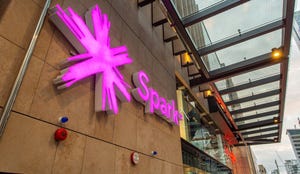Advertising on the big screen is a big deal in the streaming era
With distribution to mobile devices largely solved, 'all the growth has been in connected TV,' David Dworin, VP of product management at Comcast-owned FreeWheel, said on the Light Reading Podcast.
With distribution to mobile devices largely solved, 'all the growth has been in connected TV,' David Dworin, VP of product management at Comcast-owned FreeWheel, said on the Light Reading Podcast.
About the Author(s)
Subscribe and receive the latest news from the industry.
Join 62,000+ members. Yes it's completely free.
You May Also Like












